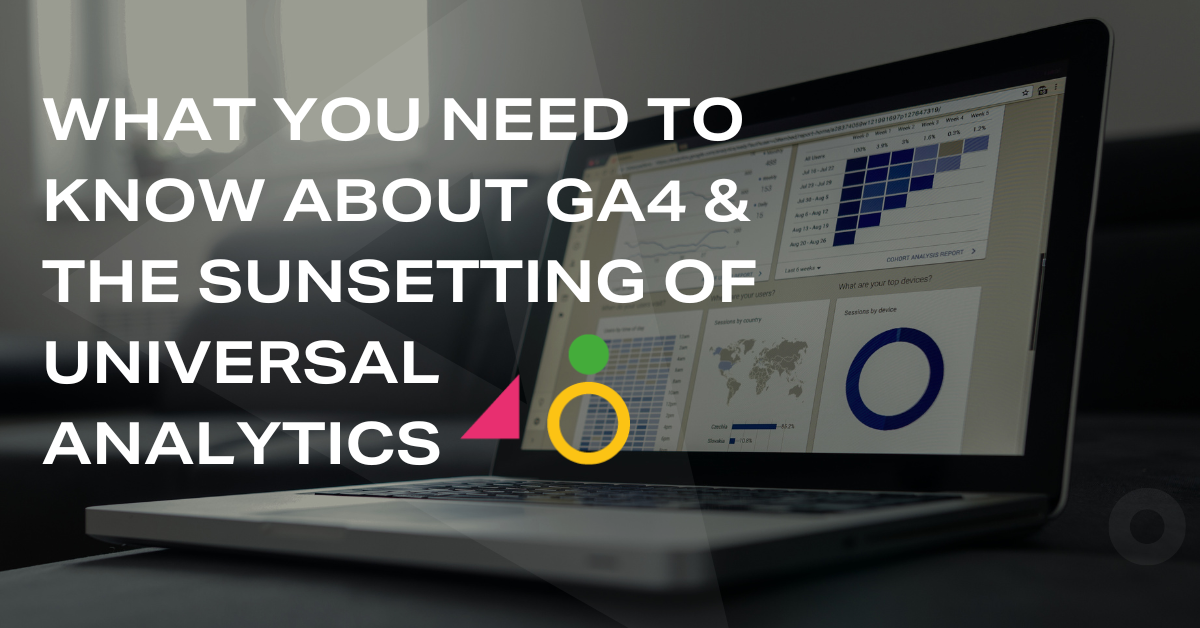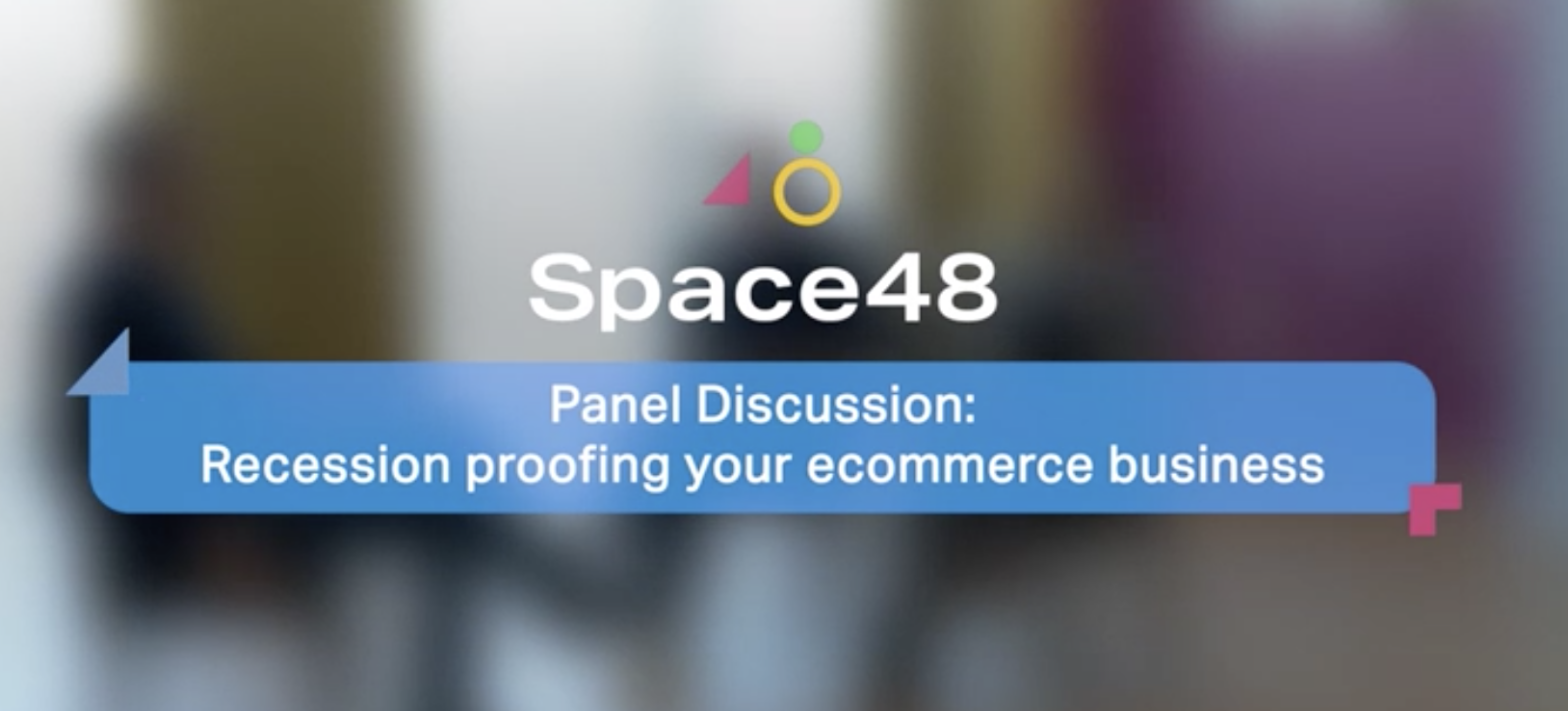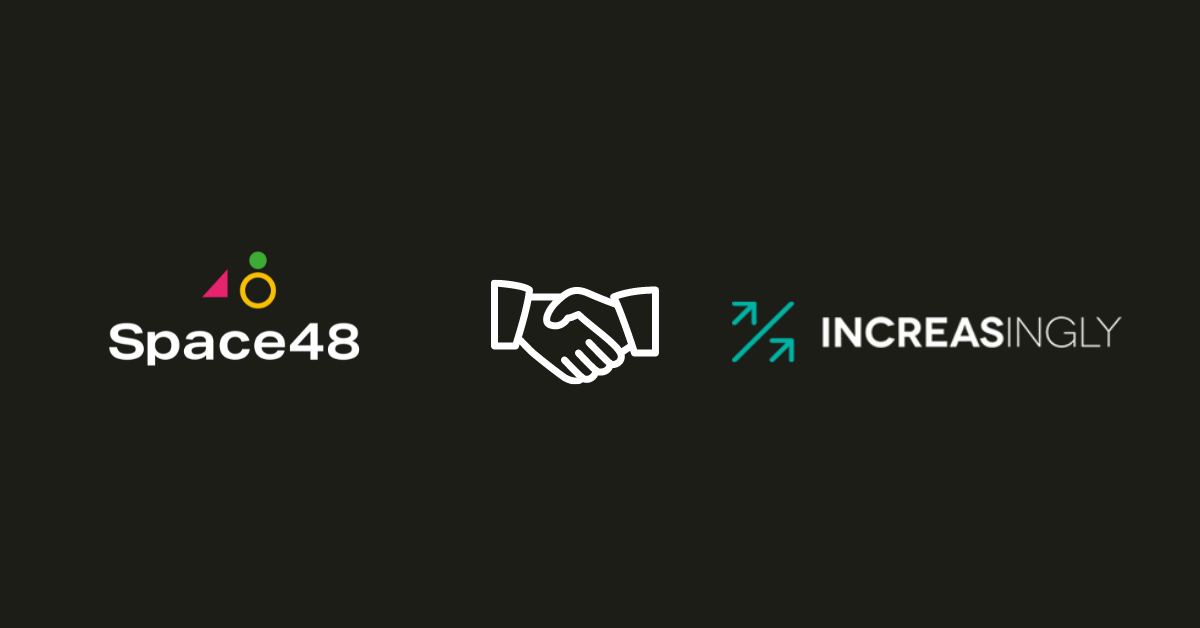
5 essential key performance indicators (KPIs) for ecommerce
To ensure that your ecommerce business grows at the desired rate, you need to be clear on which performance indicators give you the best picture of where your business is headed. If you are not monitoring the right metrics and analysing the right data, you won’t be able to make the key changes to your strategies that will keep your numbers moving in the right direction.
We know that the volume of data can make it difficult for decision makers to pinpoint what is most critical, so we have outlined the 5 most important KPIs that you need to monitor in your ecommerce business today:
Conversion rate (obviously)
Measuring and monitoring your conversion rate is vital for ecommerce businesses. It is important to know how much traffic and which actions on your online stores lead to conversions for your products. The data will guide you towards optimising certain areas of your site’s UX and functionality to make it better at converting sales.
It is part of a much wider approach and it is not just site conversion rate you need to look at. Comparing conversion rate per channel and per device type is important. This helps identify if you have a problem with a particular channel, a certain device or if it is simply down to the product offering. Conversion rate optimisation for online stores goes beyond just pixel pushing or button colour changes.
Big data can be a headache, but if you work with the right people and use efficient measurement tools the data will be fully actionable. One of the most commonly missed opportunities in improving ecommerce conversion rates is proactive use of email and customer segmentation. You should utilise personalisation and automation platforms, such as Nosto and Dotmailer, to increase your conversion rate, improve customer retention and nurture ongoing customer relationships.
Average order value (AOV)
AOV is an important, but often overlooked metric when it comes to ecommerce KPIs. It gives businesses a different view on conversion rate data and can prompt questions around the optimisation of content, product placement and marketing strategy, such as:
What is your shopping cart abandonment rate? Is the checkout process as effective as it could be? Should we be offering free delivery over a certain threshold?
It is crucial to have robust performance analysis. If you are just looking at high-level figures, there is a danger of trying to fix wrongly-perceived conversion issues.
Bonus point: Look at how your delivery options and free delivery threshold can influence AOV.
YOY revenue and growth
Year-over-year (YOY) revenue and growth are the figures that CEOs most often want to see. Business owners are obviously keen on viewing these numbers from an overall business health perspective. As important as they are, you should keep well-documented information about each period. It is a good idea to have periodic annotated Google Analytics reports and other performance data, which will provide you with actionable insights for peaks and troughs in sales figures.
Tip: Make sure you are comparing a fair like for like, particularity if any changes have been made in Google Analytics.
Cost per acquisition (CPA) or cost of sale (COS)
It is obviously critical that ecommerce businesses understand what it costs to sell their products. There are many different factors that come into play, but CPA should be fully analysed. Benchmarking across your marketing channels is recommended and will help you establish the most suitable and cost-effective channels for your business. CPA will differ across channels, but close monitoring will help identify any problems or opportunities for future optimisation.
Omnichannel businesses tend to create their own models, as they often factor in physical store sales and telesales, so a simple CPA approach sometimes isn’t accurate enough and can hinder their acquisition budgets. Looking at utilising tools such as Ometria and RJ metrics, which can help provide single customer views, provide real benefits in this area.
Customer lifetime value (CLV)
For your online store to maintain YOY growth and a high conversion rate, you need to keep customers coming back to your site. Nurturing customer relationships is a key part of building a successful ecommerce business. Whatever it costs to acquire a customer, you want to ensure you are more than covering this amount via transactions from this customer throughout their customer lifecycle.
Maintaining existing customers is more cost-effective than acquiring new customers. Adding personalisation, introducing loyalty schemes and delivering good customer experience and user experience are just a few ways to nurture customer relationships, and ultimately increase your CLV.
It is important to truly know what your CLV is, because it allows you to be more aggressive with your acquisition activities and more lenient when analysing CPA. And understanding which channels drive the retention to maintain and improve CLV is also vital, as this supports the correct approach to automation and personalisation.
Did you find this helpful? For more on ecommerce performance, check out our following resources:
Want to improve your ecommerce store’s performance and considering replatforming? Read our CEO’s guide to Magento 2:





